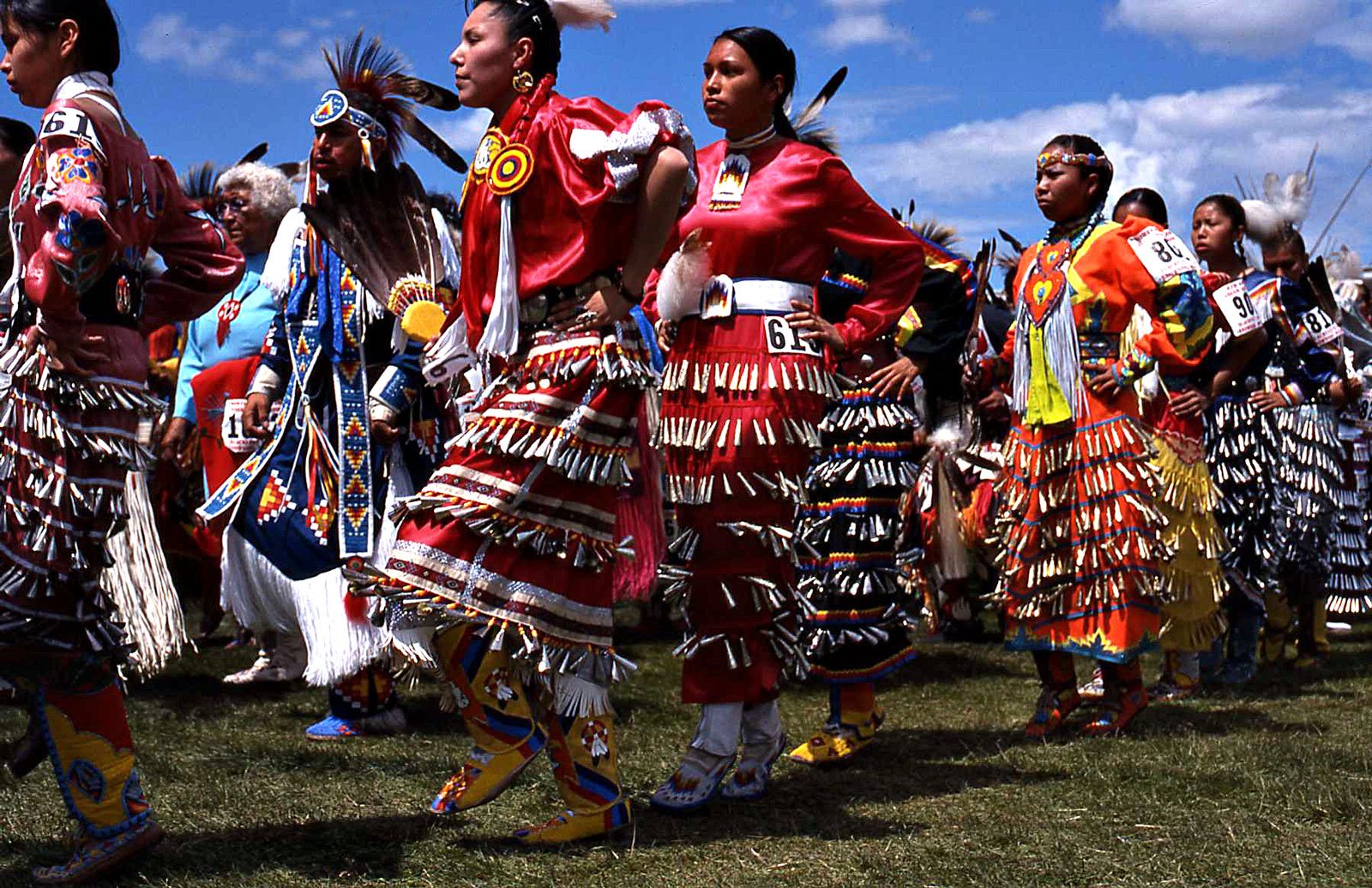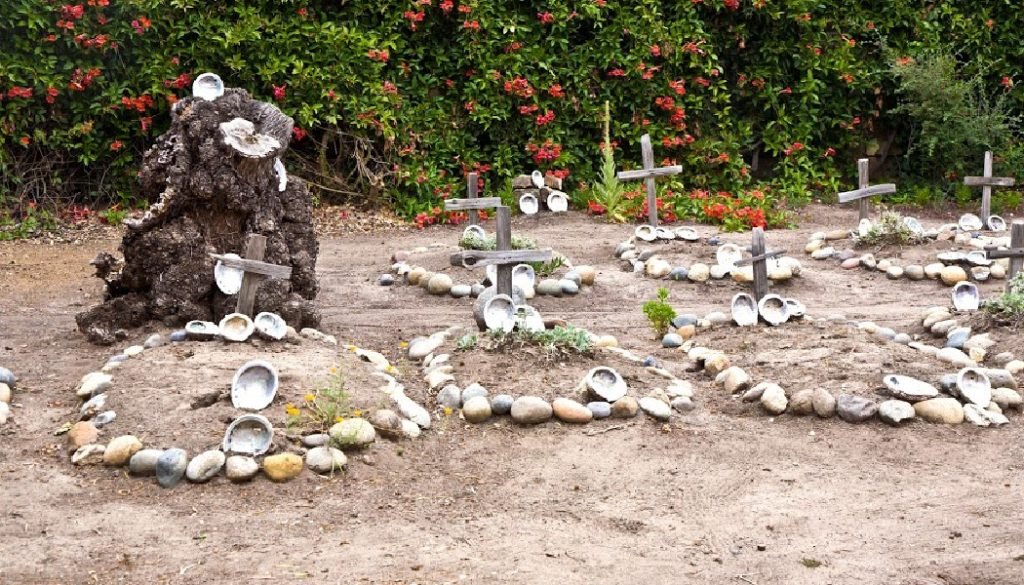Discover the Native American Death Rituals. Learn about traditional practices, from burial customs to spiritual journeys, and how these reflect their views on life and death.
With over 6.5 million Native Americans across the U.S., encompassing 574 distinct tribal nations, the customs surrounding death are as diverse as the tribes themselves. Native American death rituals reflect a profound connection to spirituality and nature, with each tribe offering unique practices and beliefs about the afterlife.
The Significance of Native American Death Rituals
In Native American cultures, death is often seen as a natural transition rather than an end. Native American death rituals are designed to prepare the soul for its journey to the afterlife. These customs range from elaborate ceremonies to simpler practices, all focused on ensuring a respectful and safe passage for the deceased.

Native American Death Rituals: Fear and Purification in Apache and Navajo Traditions
Fear of Spirits and Ritual Purification
For Southwestern tribes like the Apache and Navajo, Native American death rituals are influenced by the fear of malevolent spirits. The Apache, for instance, conduct quick burials and destroy the deceased’s home and possessions to avoid spiritual harm. Similarly, the Navajo practice strict purification rituals for those who have come into contact with a corpse, maintaining spiritual cleanliness in their community.
Maintaining Harmony: Navajo Death Rituals
In Navajo culture, maintaining hohzo—a state of harmony with the universe—is essential. Their death rituals reflect this value:
- Selection of Mourners: Specific family members are chosen to mourn, washing and dressing the deceased in special garments.
- Remote Burial Sites: The deceased are buried far from living areas, along with their personal belongings and burial tools.
- Destruction of Homes: If death occurs in a hogan (traditional dwelling), the structure and possessions are burned, symbolizing the avoidance of spiritual contamination.
Acceptance of the Spirit World: Sioux and Lakota Views on Death

Embracing the Spirit World
Unlike the fear-based approaches, tribes such as the Sioux and Lakota view the deceased as enduring spirits who offer continued support and guidance. Sioux traditions involve reaching out to these spirits for help, while the Lakota perceive death as a transition to a peaceful spirit world. For these tribes, Native American death rituals are not just about mourning but celebrating the journey to a revered afterlife.
Diverse Burial Practices in Native American Death Rituals
Cremation and Mortuary Poles
- Cremation: Many tribes, including the Odawa, use cremation as part of their Native American death rituals, with the smoke representing the deceased’s ascent to the afterlife.
- Mortuary Poles: The Haida and Tlingit tribes use these unique totemic structures to honor significant individuals, placing ashes or remains within the pole to create a lasting memorial.
Tree and Earth Burials
- Tree Burials: Sioux, Ute, and Navajo tribes use elevated platforms or trees for burial, allowing natural elements and animals to complete the life cycle, similar to Tibetan Sky Burials.
- Earth Burials: Sioux traditions often involve earth burials, reflecting a belief in reconnecting with Mother Earth and aiding the soul’s release.
Native American death rituals highlight a deep respect for both life and the afterlife. Whether through practices rooted in fear or celebration, these traditions reveal a profound connection to nature and spirituality. Understanding these diverse rituals offers valuable insights into how Native American tribes honor the transition from life to death.